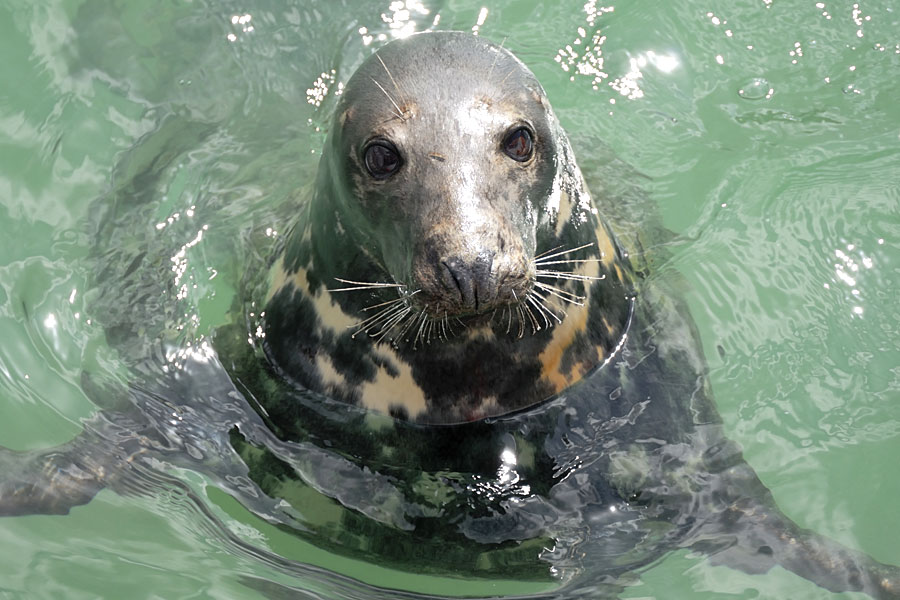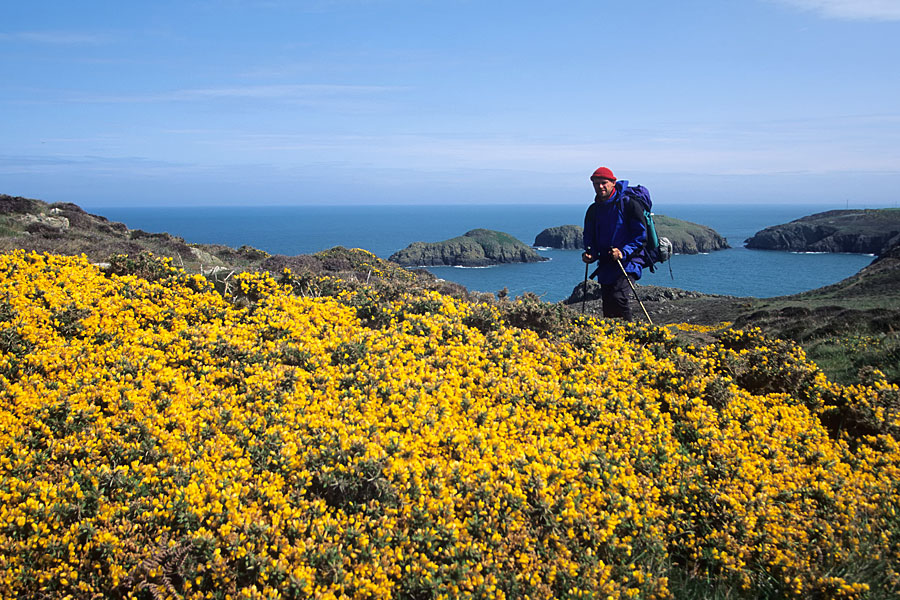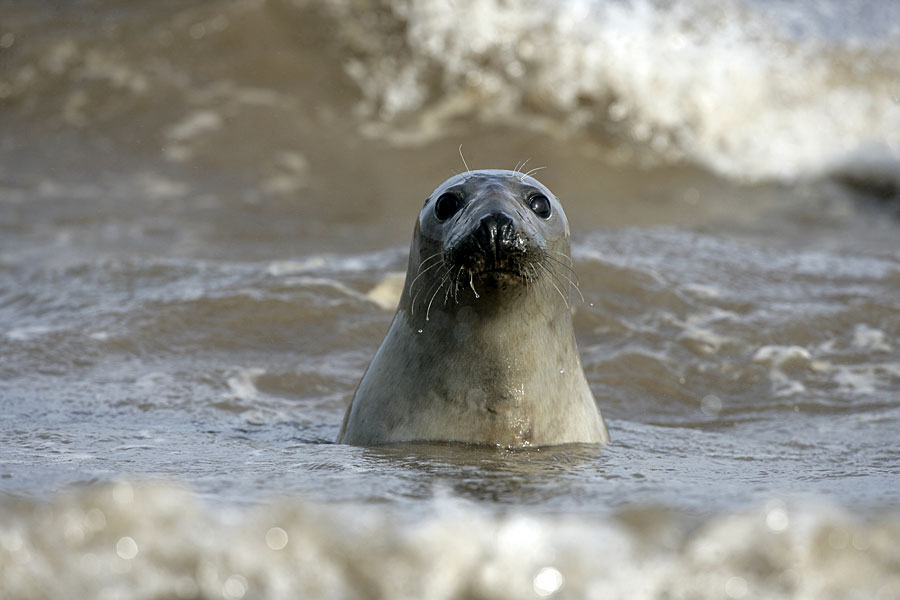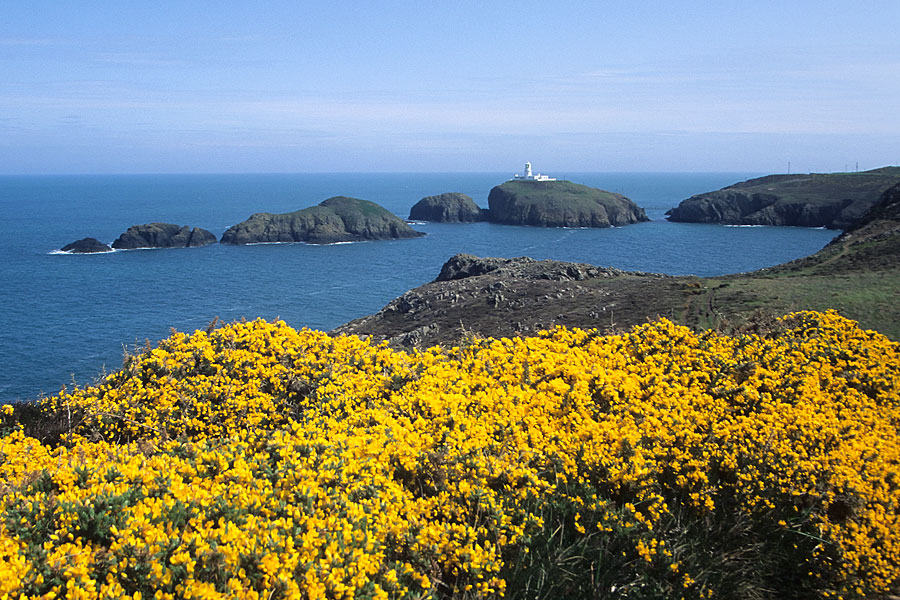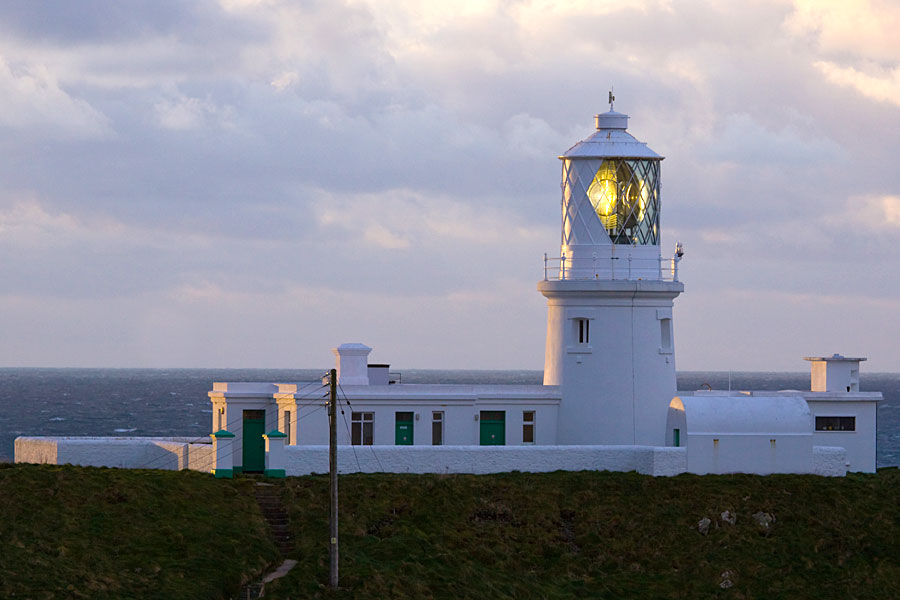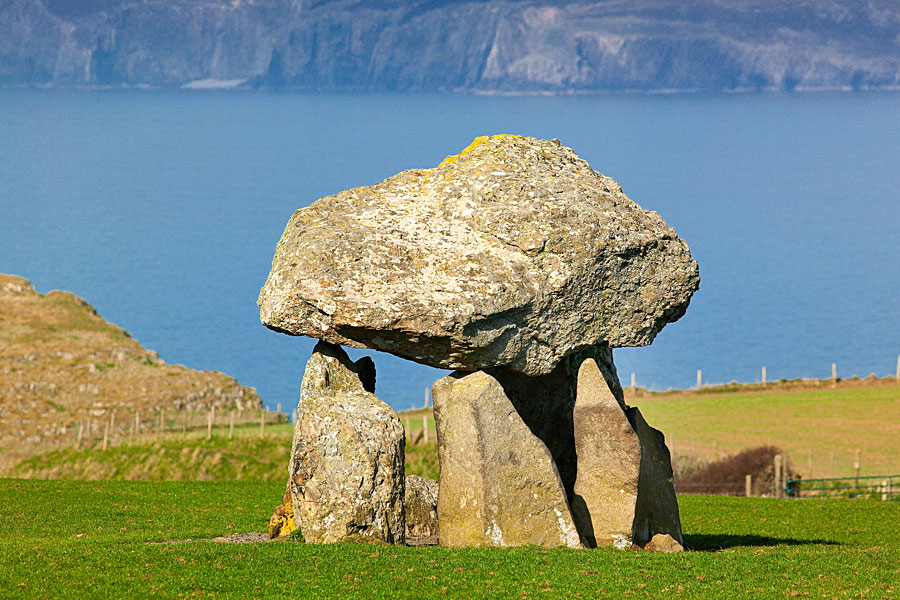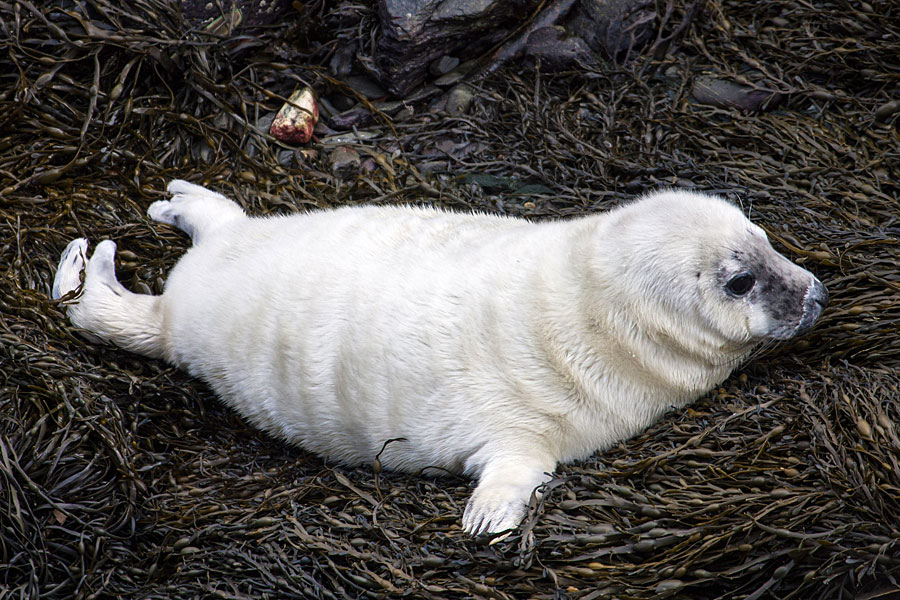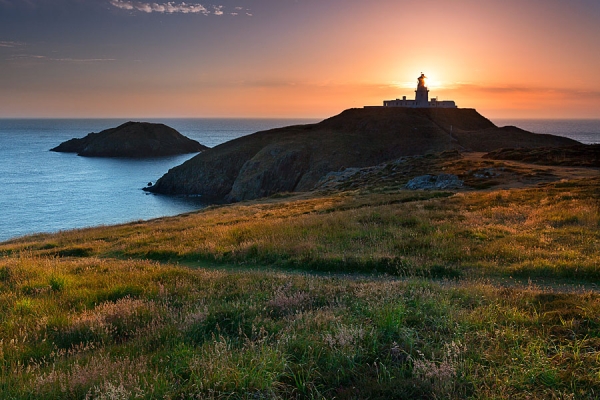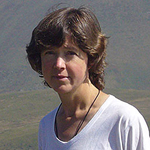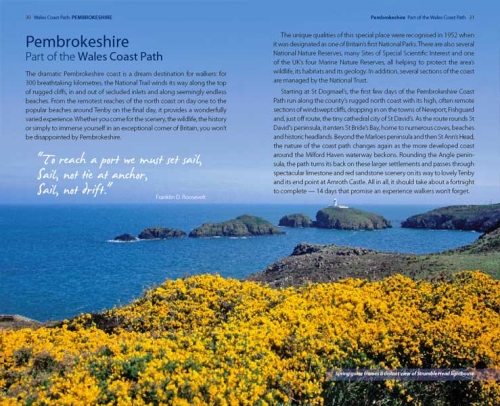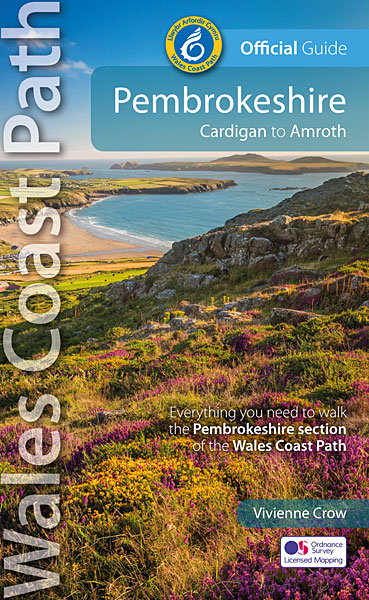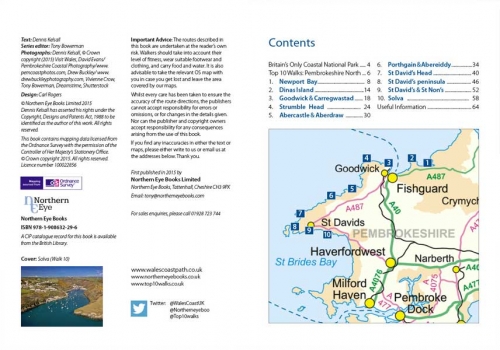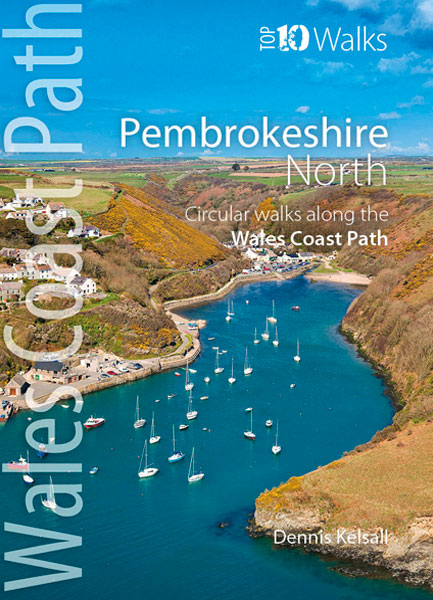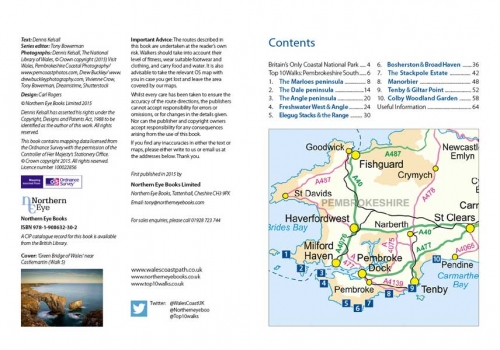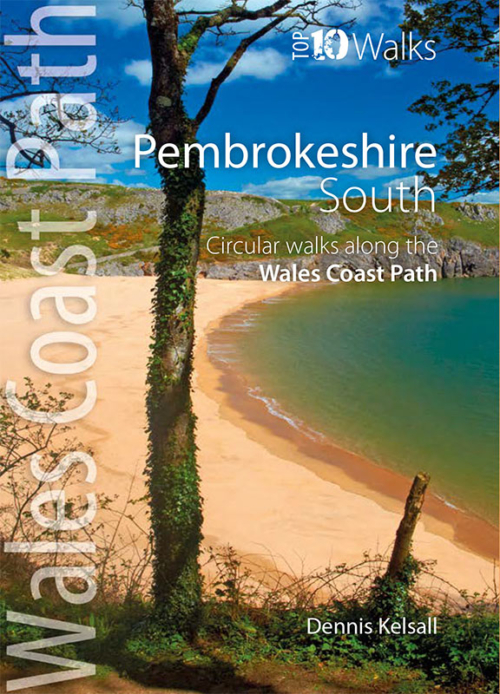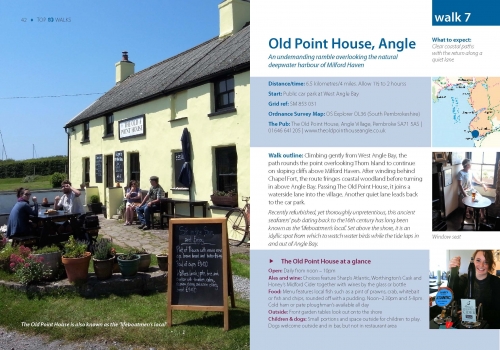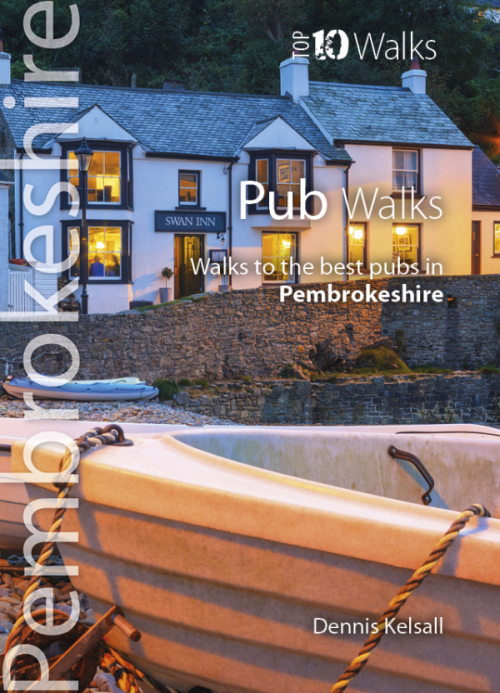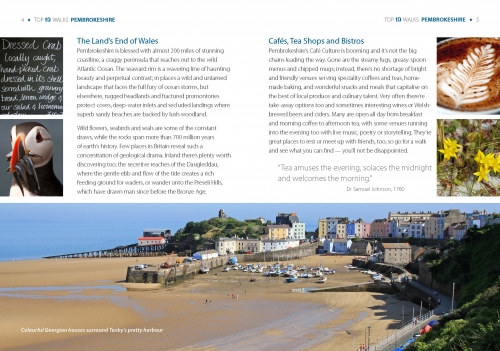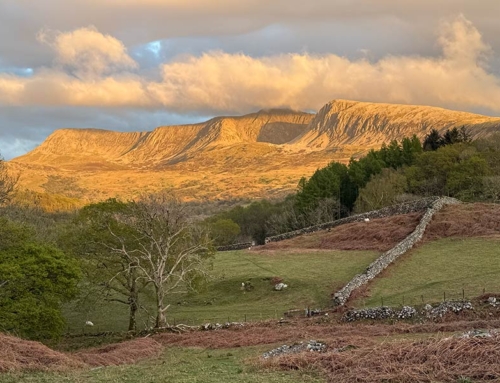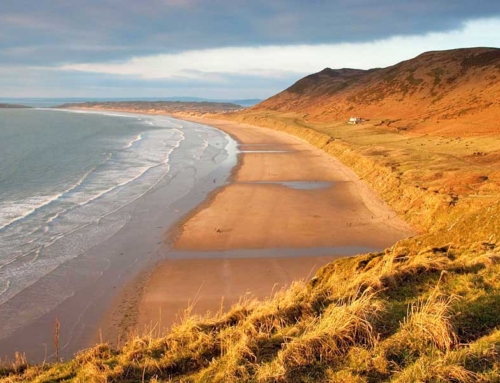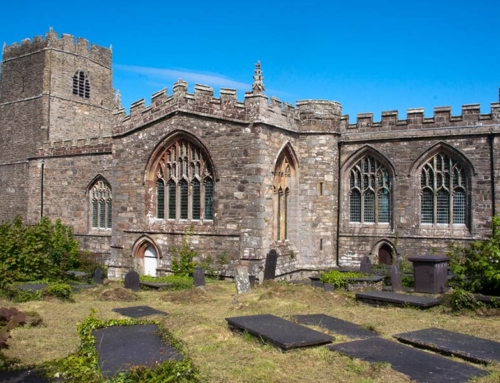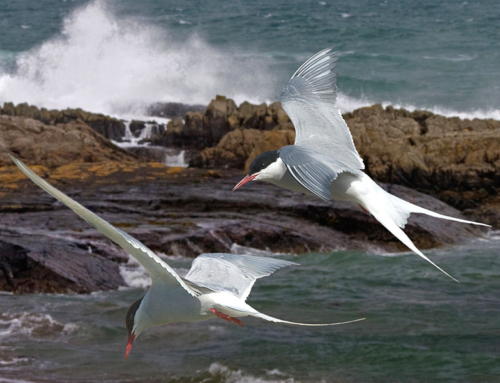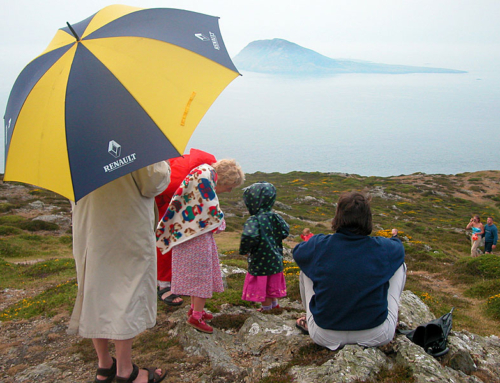Atlantic grey seals are naturally curious
Fiona Barltrop goes seal spotting on the Wales Coast Path between Strumble Head and Trefin, Pembrokeshire
NOWHERE ALONG THE SPECTACULAR COASTLINE OF THE PEMBROKESHIRE COAST PATH is the scenery wilder and more dramatic than at Pwll Deri, a bay surrounded by high precipitous cliffs on the west side of the Pencaer peninsula, a couple of miles south of Strumble Head.
Oak-fringed pool?
It’s the location of what must surely be the most superbly situated hostel in the country, perched on the cliff top overlooking the viridescent sea far below. A great spot for sunsets and seal watching. Yet it’s a curious name – meaning pool of the oak trees – for what is such a treeless coast.
The late months of the year are the time to visit Pembrokeshire for seal watching. The coast is home to hundreds of Atlantic grey seals, the females giving birth to their single pups on quiet beaches and in caves from August through to December.
Seal watching in Autumn
The late months of the year are the time to visit Pembrokeshire, and its iconic Pembrokeshire Coast Path, for seal watching. The coast is home to hundreds of Atlantic grey seals, the females giving birth to their single pups on quiet beaches and in caves from August through to December. On previous autumn visits I’d never failed to spot a few but this time had been disappointed by the wet weather and poor visibility. At last, on my penultimate day, the sun broke through and, without a moment’s deliberation – for I’d saved this splendid stretch of coast for such a hoped-for day – I headed for Trefin, caught the bus to Goodwick and a taxi out to Strumble Head. The knowledgeable driver regaled me with the (albeit familiar) tale of the last invasion of the British mainland by the French that took place in 1797 at Carreg Wasted Point, a few miles east of Strumble Head. Some 1400 men, many of them ex-convicts, under the command of an Irish-American, Colonel Tate, landed here, went out looting the local farms, got drunk on fine Portugese wine (from a recent wreck) and two days later surrendered. Not our Gallic friends’ finest hour….
Migrating seabirds
Invasions at Strumble today are those of ‘birders’ for this is one of the best places in Wales to watch the passage of migrating seabirds. A former Second World War lookout provides shelter for these dedicated types who spend hours with telescopes and binoculars scanning the sea.
Strumble’s lighthouse – built in 1908 and now fully automated – is situated on an islet just off the coast, connected by a footbridge. Well camouflaged among the grey rocks below I spied my first seals of the day. With a spring in my step I was off along the Coast Path to Pwll Deri. Garn Fawr, the prominent rocky hill that overlooks the hostel, demanded to be climbed when I got there. It’s but a short detour off the Path and well worth the effort on a fine day for the superb views of the plateau-like peninsula below and along the coastline in either direction. At 213 metres it’s the highest point on Pencaer and the site of an Iron Age hillfort.
Seal pups
Just along the lane past the hostel is a memorial to Dewi Emrys whose poem Pwll Deri celebrates the area. And with such wonderful views to enjoy from the next stretch of path out to Penbwchdy who wouldn’t be moved to pen a poem, if they could? At Pwllcrochan, above a deep narrow cleft in the cliffs, I heard a curious noise and followed a path part way down to investigate. There, on the creamy white and grey pebbles below, again well camouflaged, was a white-coated pup, shuffle-flopping its way around the small cove in a very vocal manner, its mother perhaps out in the water somewhere refueling herself.
Abercastle provided one last sighting, an inquisitive head bobbing up and down in the harbour. Darkness was fast approaching but I made time for another brief detour to view the impressive Neolithic burial chamber of Carreg Samson before a final torchlit mile back to Trefin.


